Ravel MAURICE




Maurice Ravel (1875–1937) is one of the most important composers of the 20th century. His works are notably characterized by their innovative harmonies, exceptional rhythms, and masterful orchestration. Unusual instrument combinations often lend his music a unique character. His compositions reveal influences from various artistic trends of the first half of the 20th century, such as Impressionism, Neoclassicism, and Exoticism. Overall, his music, offering a fascinating mixture of tradition and innovation, is still integral to concert halls around the world today.
Maurice Ravel’s music has been part of Breitkopf & Härtel’s orchestra library since 2008. The publishing house is fortunate to have Jean-François Monnard, renowned conductor and musicologist, as editor of the French composer’s most important works. In addition to an up-to-date, scholarly music text, Monnard’s critical Ravel editions include an informative preface and a critical commentary that exposes Ravel’s instrument retouching, illuminates his sophisticated sound-layering, and documents his conception of tempo.
On the occasion of the 150th anniversary of the composer, the orchestral and stage works already published by Breitkopf & Härtel will be supplemented by the performance material for the Piano Concerto in G major (in collaboration with G. Henle Verlag).
„ He doesn’ t write music, he paints with sounds.“
Igor Stravinsky in a 1928 interview about Maurice Ravel




Text: Franc-Nohain
PB 5716 Score
Orchestral parts available on hire
EB 9425 Piano vocal score
Editor: Jean-François Monnard
Charming Short Opera
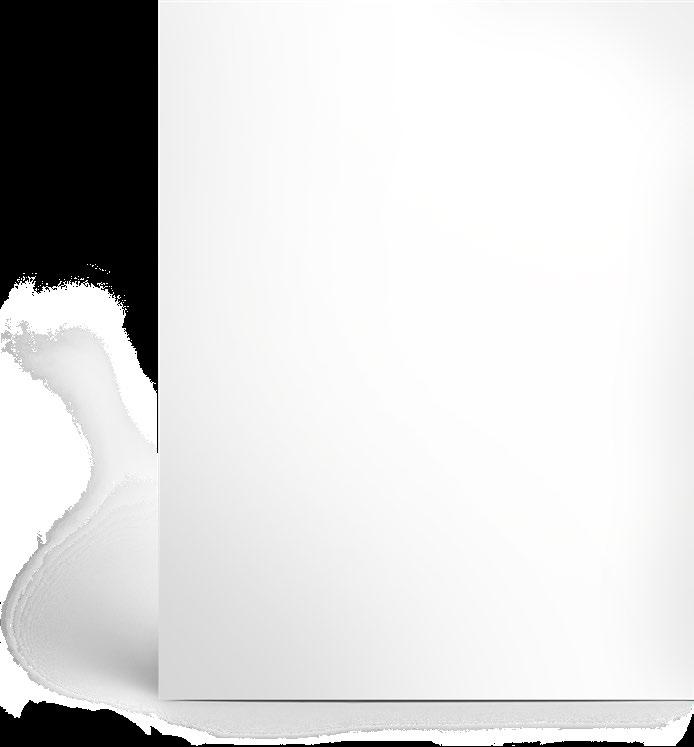
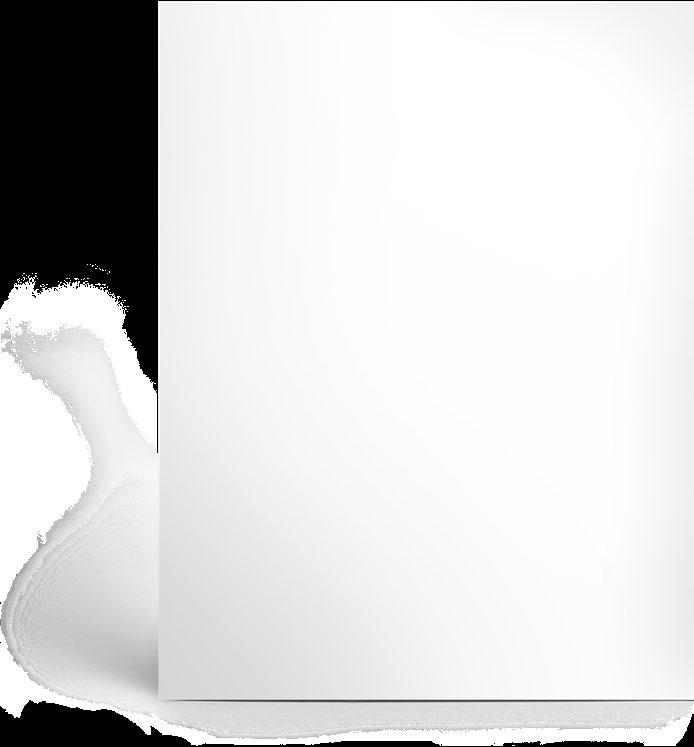
Concepción (S) – Gonzalve (T) – Torquemada (T) – Ramiro (Bar) – Don Iñigo Gómez (B)
Scoring
Maurice Ravel gives free rein to his enthusiasm for Spain in this one-hour comedy (L’Heure!). Dances such as Jota, Habanera, Seguidilla and Malagueña shimmer through, and in places Bizet‘s dramatic Carmen is travestied with admiration.
Based on first editions and the autographs, Jean-François Monnard presents in L’Heure espagnole a meticulous Urtext that corrects in detail all previous shortcomings, and, especially in the vocal parts, resolves the discrepancies between the piano vocal score published in 1908 and the full score published three years later. The appendix to the full score and piano vocal score includes a new German/English prose translation of the libretto.
picc.2.eh.2.Bb-cl.2.sarrusophone – 4.2.3.1 –
Place and Time of the Action Toledo in the 18th century
Performance Time 60 minutes
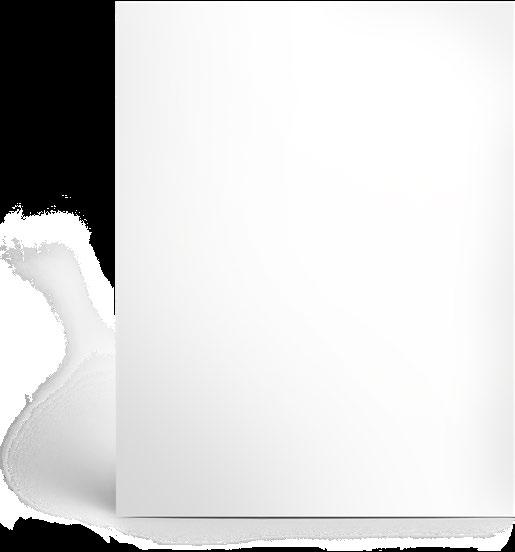
for Orchestra
P B 5530 Score
OB 5530 Orchestral parts
PB 5543 Study score
Editor: Jean-François Monnard

Ravel initially drafted the four movements of Rapsodie espagnole during his 1907 summer vacation. The piano reduction was then completed in October of that year and the orchestration concluded just a few months later, in February 1908. It was Ravel’s first stand-alone work for orchestra.
The music reflects both Ravel’s personal Spanish roots as well as a contemporary taste, letting him incorporate the Spanish atmosphere by using typical rhythms, melodies, and harmonies. Each of the piece’s movements presents a different facet of Spanish music. The work is also greatly admired by musicians and audiences for its refined orchestration, making to this very day the Rapsodie espagnole a popular work in concert halls.
Performance Time 15 minutes


The work on Daphnis et Chloé, commissioned by the Ballets Russes, turned out to be problematic. Too few rehearsals, a difficult choreography, tricky 5/4-meter, and other “oddities” in the music probably led, ultimately, to a subdued reception of the work at its Paris premiere in 1912. Only a later production with costumes and set by Chagall significantly contributed to the ballet’s success.
Today the work is a monument to Impressionist orchestration, incorporating the narration within the sound material. Remarkable are the strings’ extreme divisi, their harmonics’ glissandi, and other enigmatic effects, such as utilizing a wordless chorus. Individual performances

for Choir and Orchestra
PB 5650 Score Orchestral parts available on hire
EB 9422 Piano vocal score
Editor: Jean-François Monnard

SATB – 3(2picc).afl.2.eh.Eb-cl.2.Bb-cl.3.dbn – 4.4.3.1 – timp.perc(8) – 2hp.cel – str

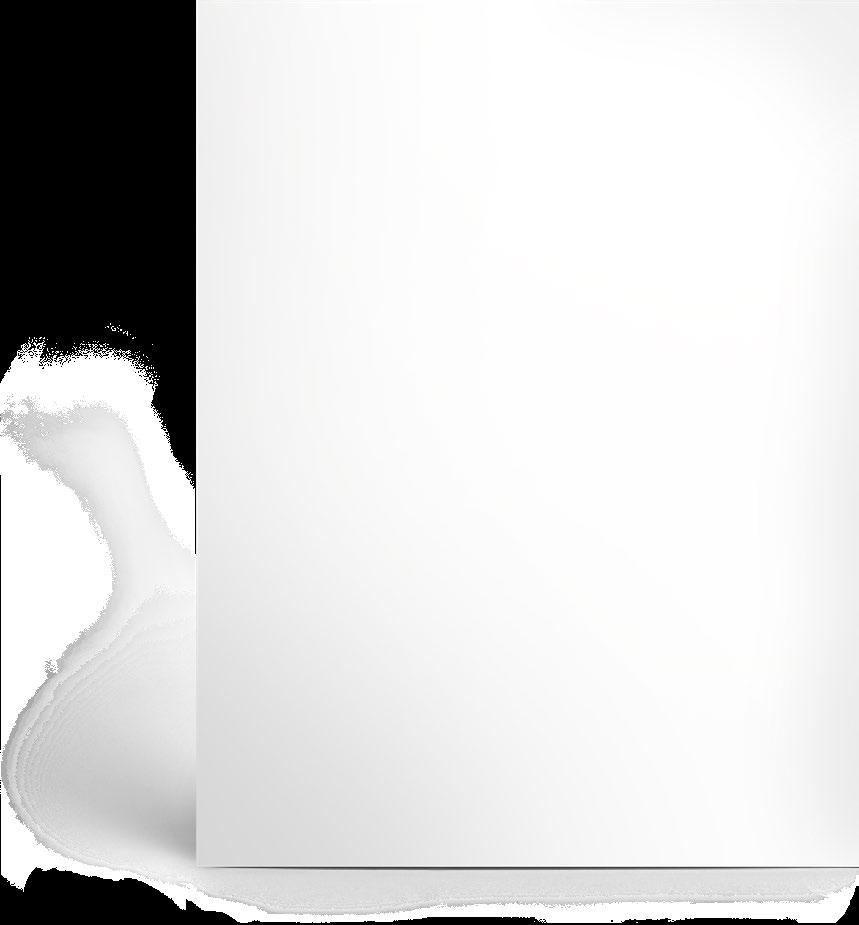
Performance Time 50 minutes Podcast more in our
without choir likely go back to a ‘makeshift arrangement’ by Ravel. The appendix to the Urtext edition includes this alternative version.
The Ravel specialist Jean-François Monnard has edited this ballet with detailed attention to the customary Urtext standard. The preface and critical report include numerous references to both genesis and performance history as well as interpretation, correcting also many handed-down errors.
The large format of the conductor’s score and orchestral parts are easy to read and support the clarity and transparency of the modern notation.




for Choir and Orchestra
PB 5651
Score Suite No. 1
PB 5652
Score Suite No. 2
Orchestral parts available on hire
EB 9422
Piano vocal score
Editor: Jean-François Monnard


Ravel extracted two suites, two “Symphonic fragments,” from his ballet Daphnis et Chloé. The work now known as the Suite No. 1 was published before the first performance of the ballet. It served as a test for the composer, who wanted to present his newly orchestrated pages to an audience. Suite No. 1 was eventually premiered in April 1911, but its reception was “disastrous”. It was not until three years later that Suite No. 2 was performed for the first time. It takes up the third and last part of the ballet unchanged.
The large format of the conducting score as well as the orchestral parts allow good readability and support the clarity and transparency of the modern notation. The piano vocal score EB 9422 accompanying the ballet can also be used for the suites due to the double bar count and information about the layout of the suites.

for Orchestra
PB 5539 Score
Orchestral parts available on hire
PB 5621 Study score
Editor: Jean-François Monnard
Dream Waltz
Valses nobles et sentimentales


Ravel needed only two weeks of intensive concentration to orchestrate his piano suite Valses nobles et sentimentales, which was given its premiere performance in March 1911. Consisting of seven waltzes and one epilogue, the work stamped Ravel as a creative personality whose masterpiece breathed an unbelievably new kind of musicality and incredibly intensive poetry. That this was twelve years before La Valse, with which it shares a number of similarities.
The choice of the rhythmic waltz model as well as the allusion in the title to Schubert are reminiscences of the past, translated by Ravel into a highly original, musical language. His mastery of this is particularly evident in the final piece: here Ravel takes up thematic fragments from the previous waltzes and, by interweaving and regenerating them, creates intense, poetic music in which past and present blend perfectly.
Performance Time 16 minutes
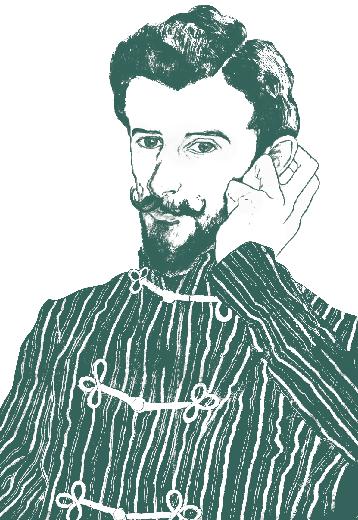
Jean-François Monnard of Lausanne (Switzerland), conductor, musicologist, and Ravel specialist, is the editor of Breitkopf & Härtel’s Urtext editions of works by Maurice Ravel. The collaboration between Breitkopf & Härtel and Monnard began in 1997 with a new critical edition of La Valse and was followed by further editions of the composer’s orchestral and stage works until this day.
For the 2025 Ravel anniversary, we interviewed Jean-François Monnard about his editorial work and his relationship to Ravel’s music.
Breitkopf & Härtel: Mr. Monnard, what for you is special about the composer Maurice Ravel?
Jean-François Monnard: First and foremost is Ravel’s work of always the same high caliber. But also fascinating is Ravel, the man, how he slips, intellectually sovereign, into the role of magician and illusionist. And finally, his modernity
making him a forerunner of our time, while at the same time remaining a contemporary of his own time.
B&H: How did you approach Ravel’s work in your role as editor?
JFM: The adventure began in the 1990s, when Breitkopf & Härtel approached me, suggesting that I edit a critical edition
of La Valse, “from the viewpoint of a conductor concerned with the reliability of the music text and the resulting performance-practice consequences.” * The first step was then a visit to the French National Library in Paris to obtain a copy of the first printed score, continued thereafter by ordering from the Pierpont Morgan Library in New York a photocopy of the autograph score
authorized by Ravel. This was followed by a thorough examination and analysis of the documents, leading to a search for further sources. This research wasn’t always easy, but I was fortunate in being supported by experienced editors.
B&H: The work on the individual editions took several years. Have your goals changed during this time?
JFM: My aim was not so much to better understand Ravel’s works, but rather to be better able to listen to the music text, immersing myself in it and recognizing all its subtleties in order to be better able to respect the composer’s intention and to grasp the ideas underlying it. Such an aim calls for a step-by-step approach, in which a discipline characterized by objectivity and freed of emotional states must be just as important as the necessary modesty to deal with masterpieces.
B&H: After the editing of Ravel’s major symphonic orchestral works, you prepared the first critical edition of the ballet music for Daphnis et Chloé. It is generally known that the first edition contained many errors. What did you do to correct these errors?
JFM: Detecting errors is a real sport, and since in my first life I was a conductor, I practiced that! In addition to the wrong notes, there are carelessly omitted nuances, improper phrasings and unclear playing techniques (especially with regard to using the mute). There are also passages that raise doubts – either way, it’s all very complex.
B&H: Part of the edition corpus for Daphnis et Chloé is also a new piano vocal score based on Ravel’s original
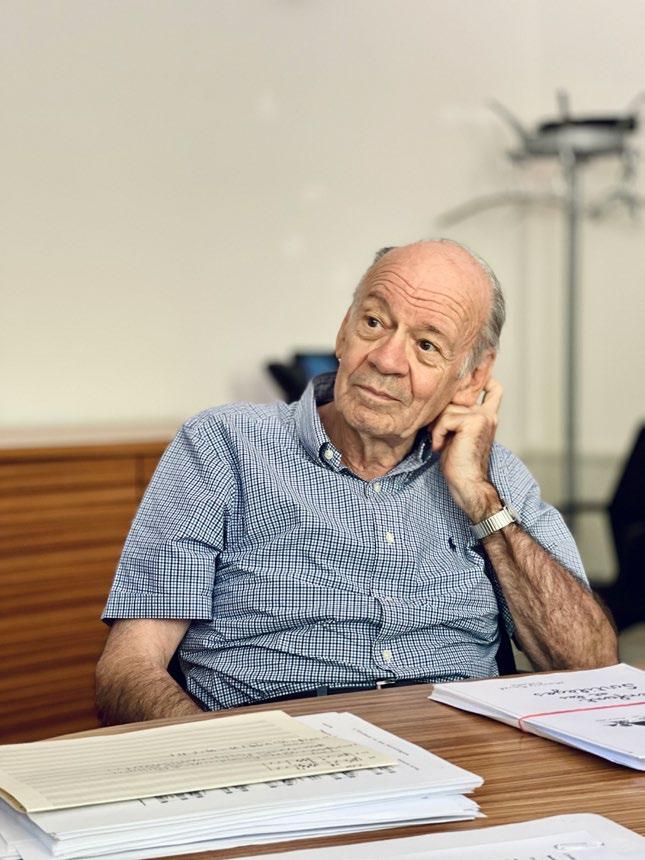
piano reduction. What are the main differences between the piano and orchestral versions of this work?
JFM: With Ravel, the piano version always precedes the orchestral version. He usually orchestrates directly after completing the piano version. With Daphnis et Chloé, there are many differences between the two versions in terms of harmony, dynamics, and tempo markings. This is also evidence that Ravel made changes when orchestrating.
B&H: Looking back, what have you concluded from your many years as Ravel editor?
JFM: By carefully examining the manuscripts – twice if necessary – and
studying the correspondence, you quickly realize that the essentials are not written down. The meaning goes beyond the mere written word. Ultimately, the musicologist is the ferryman of a music work that is constantly requiring scrutiny. The approach is not so much about finding what is being sought, but rather continuing to seek for what is to be discovered.
* Bernd Pachnicke (Breitkopf & Härtel) in correspondence with Jean-François Monnard, Leipzig, 1997
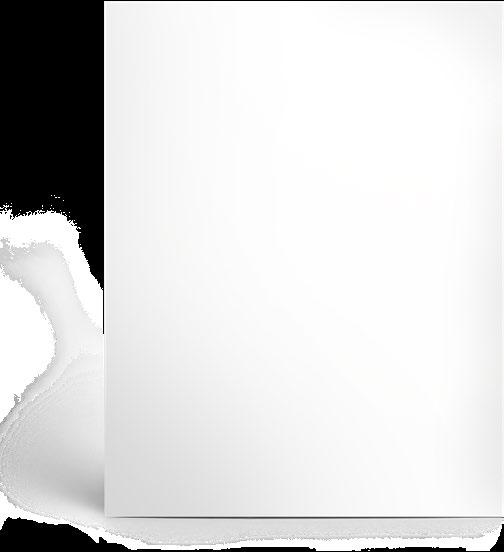
PB 5540 Score
OB 5540 Orchestral parts
PB 5569 Study score
Editor: Jean-François Monnard


Scoring
In his homage Le Tombeau de Couperin, Ravel is less specifically interested in Couperin than in French music of the late 18th century. In his preface, editor Jean-François Monnard explains how Ravel paid a moving and intensely personal tribute to the events of World War I with his multi-layered work.
The orchestral version goes back to the original, eponymous piano suite (1914–1917). Then, in 1919, the composer selected four pieces from this source, orchestrated them with all of his grace and artistry and placed the pieces in a new and effective sequence. The work quickly gained great popularity immediately after the concertant world premiere, when the three dance movements of the orchestral suite were included in a ballet production.
2(picc).2(eh).2.2
Performance Time 17 minutes

Choreographic Poem for Orchestra
PB 5374 Score
OB 5374 Orchestral parts
PB 5523 Study score
Editor: Jean-François Monnard


Jean-François Monnard’s Urtext edition is the first edition of La Valse that compares all relevant sources. The first edition of the score, published in 1921, was used as the source. Errors and inconsistencies arising from the comparison with the previous edition were corrected on the basis of the autograph score. Moreover, the handwritten and printed piano versions also provide valuable insights into the works origin.
To this day, the soft opening measures of La Valse still represent a challenge to the interpretation. This problem preoccupied the sound aesthete Ravel up to the end of his life. This is the reason for which Manuel Rosenthal, a conductor and friend of Ravel’s, decided to retouch the opening measures. This is presented for the first time in the Critical Commentary to the new edition. Rosenthals suggestion allows a more differentiated sound of the double basses at the beginning.
Time 12 minutes



L’Enfant et les Sortilèges, Ravel’s (and Colette’s) children’s opera, quasi the French “Peter and the Wolf,” is a must-have in the series of orchestral and music theater editions of Maurice Ravel’s works published by Breitkopf & Härtel.
Ravel expert Jean-François Monnard presents an Urtext edition, which in this case is based on the first printings and all autograph sources. It turns out, however, that even in the revised edition of the original publisher, the composer’s surviving piano vocal reduction deviates surprisingly far from the conductor’s score in some passages and can only be used to a limited extent for rehearsals. In this respect, the new piano vocal reduction in particular corrects many misleading passages.
Text by Colette
PB 5753 Score
Orchestral parts available on hire
EB 9488 Piano vocal score
Editor: Jean-François Monnard
The Child (Mez) – Mama (A) – The Bergère (S) – The Armchair (B) – The Comtoise Clock (Bar) – The Teapot (T) – The Cup (Mez/A) – The Fire (S) – A Shepherd (A) – A Shepherdess (S) – The Princess (S) – The Little Old Man (Trial-T) – The Tomcat (Bar) – The She-Cat (Mez) – The Tree (B) – The Dragonfly (Mez) – The Nightingale (S) – The Bat (S) – The Squirrel (Mez) – The Frog (T) – Un Owl (S)
The Shepherdesses, The Shepherds, The Numbers, The Trees, The Frogs, The Animals (Choir)
3(Picc.).2.eh.2.Eb-cl.Bb-cl.2.dbn – 4.3.3.1 – 2timp.perc(5) – hp – cel.pno(luthéal) – str
Place of the Action
A room and the adjoining garden
Performance Time approx. 50 minutes

Of particular interest in the first version is the role of Fire. Ravel probably set this part higher before the premiere. The new edition contains the first version as an alternative.
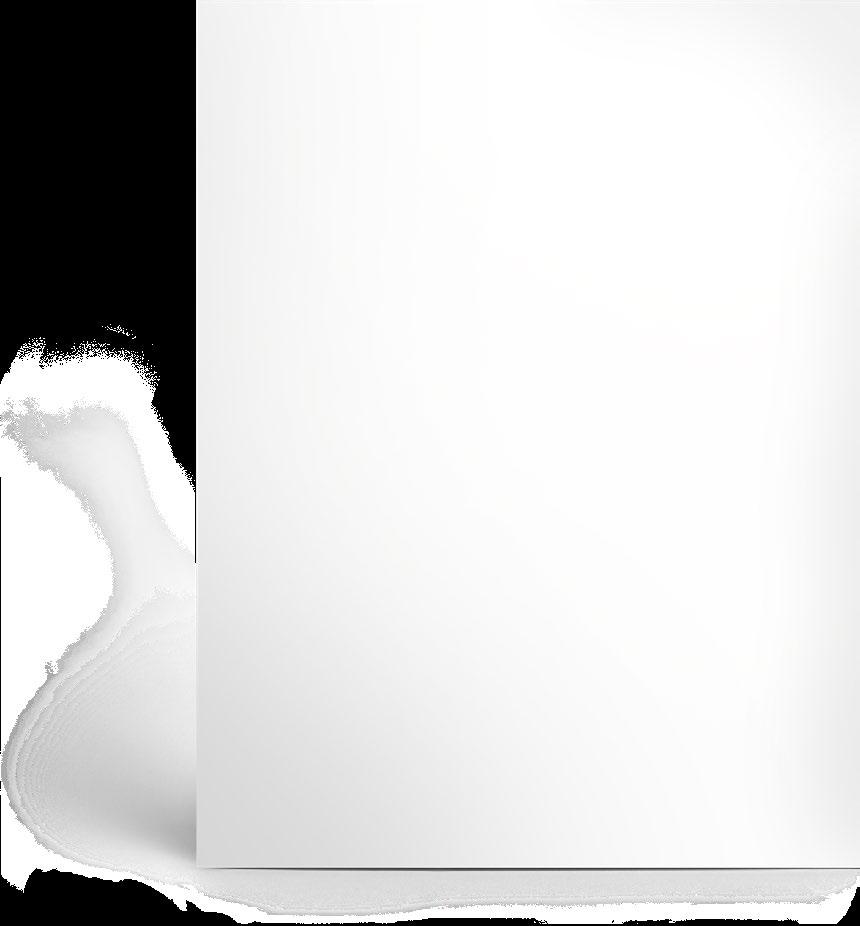
The edition will be published early in the Ravel Year 2025 (150th birthday on March 7). The score and piano vocal reduction include German and English prose translations of the libretto in the appendix.
One-hour children’s opera with onomatopoetic elements (animal sounds)
New Urtext edition based on the first prints and autograph sources New piano vocal score matching the performance material

for Orchestra
PB 5532 Score
Mussorgskij-Ravel
OB 5532 Orchestral parts
PB 5614 Study score
Editor: Jean-François Monnard


Scoring
3(2picc).3(eh).2.Bb-cl.Asax.2.dbn – 4.3.3.1 – timp.perc(4) – 2hp – cel – str
Ravel’s brilliant compositional interpretation of the Pictures at an Exhibition is, to this day, the most famous and independent orchestration of Mussorgsky‘s masterpiece. When the French composer turned his attention to his Russian colleague‘s piano cycle in 1922, he was at the height of his mastery and Paris was enraptured by Russian music. Notated with remarkable accuracy in an autograph score, Ravel’s orchestration was an audience favorite from the very start.
The edition not only eliminates many previously undiscovered errors, but also offers a wealth of practical information on the long and multi-faceted performance history of the work, including the metronome markings of great conductors who were connected to the work in a very special manner.
Performance Time 35 minutes
Due to copyright reasons not available in the USA

for Orchestra
PB 5299 Score
OB 5299 Orchestral parts
PB 5524 Study score
Editor: Jean-François Monnard


Breitkopf & Härtel’s Urtext edition of the Bolero is the first to be based on a musicologically well-founded source comparison. Ravel’s first sketch of the score as well as his final handwritten score were laid down as the principal sources.
In his preface, Monnard examines Ravel’s sound aesthetics against the background of concert reception and historical recordings. Moreover, he also provides insights into Ravel’s ideas concerning the tempo: „I must say that the Bolero is rarely conducted the way I think it should. Mengelberg speeds up and slows down excessively. Toscanini takes it twice as fast as it should be and broadens the tempo at the close, which is indicated nowhere. No: the Bolero should be played in one single tempo from the beginning to the end, in the plaintive and monotonous style of Spanish-Arabian melodies.“
Performance Time 16 minutes
Due to copyright reasons not available in the USA

PB 15165 Score
OB 15165 Orchestral parts
Editor: Peter Jost
already available
EB (HN 1508) Piano reduction by Johannes Umbreit
„ Ravel’ s Piano Concer to is a masterpiece of undeniable originality and beauty. The combination of virtuosity, elegance and refinemen t makes t his work a highligh t of the modern piano reper toire.“
Emile Vuillermoz, important French music critic, after the premiere in 1932

Ravel’s plans for a piano concerto can be traced back to 1906, but it was only in early 1929 that the composer seriously started work on one. He later stated that he wrote it “in the spirit of the concertos by Mozart and Saint-Saëns”, the music being “cheerful and brilliant” and not “aiming for profundity or dramatic effects”.
The outer movements are characterised by rhythmic drive and borrowings from jazz; while the slow movement, with its subtle shifts of accented beats, is entirely dedicated to melody. Alongside manuscripts and prints, a recording made under Ravel’s supervision by the work’s dedicatee, Marguerite Long, was consulted for this Urtext edition. Since its successful premiere in January 1932 the concerto has been part of the repertoire of all great pianists, including Pascal Rogé, the French music expert who has provided the fingerings for the solo part.
In Cooperation with G. Henle Verlag
Scoring
2(picc).2(eh).2.2 – 2.1.1.0 – timp.perc(3) – hp – str
Performance Time 22 minutes
Due to copyright reasons not available in the USA
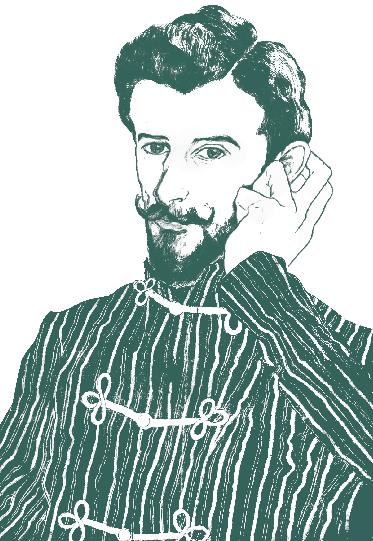
obtainable from
Errors and omissions excepted. Valid as of 1 May 2024. Picture credits © Bibliothèque nationale de France B+H 181
Design RAUM ZWEI — Leipzig